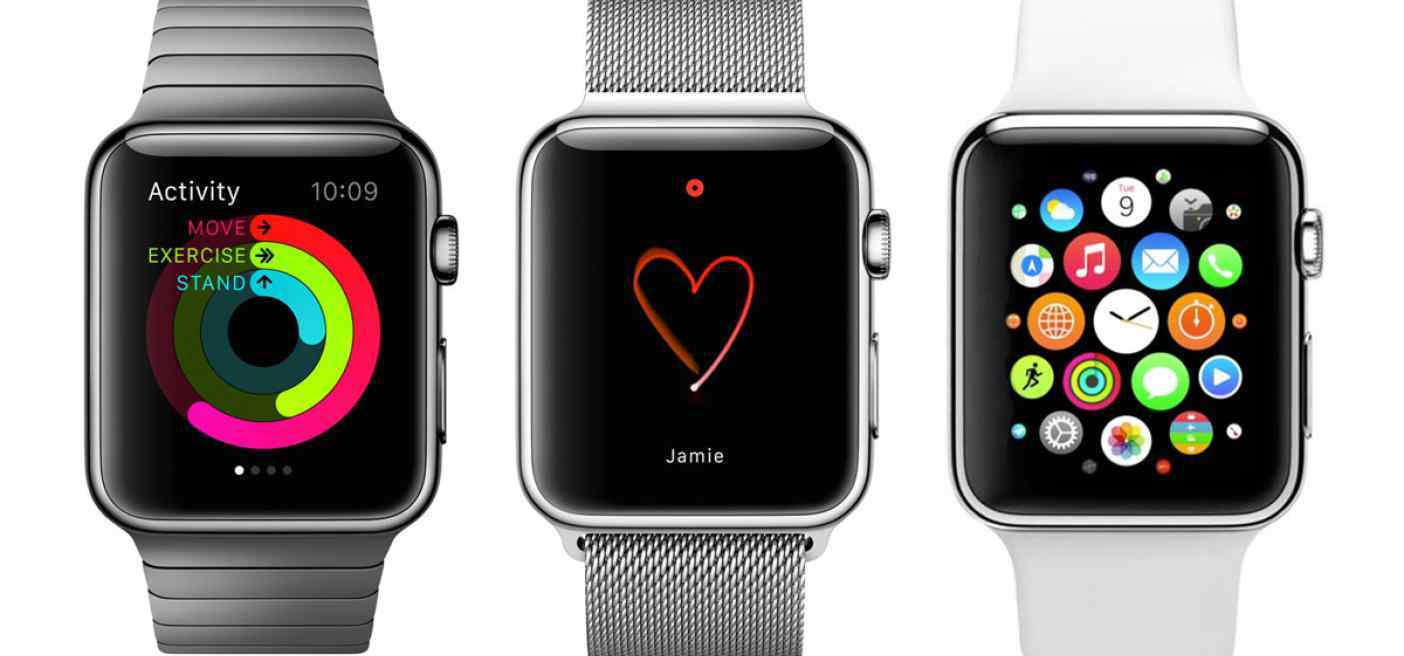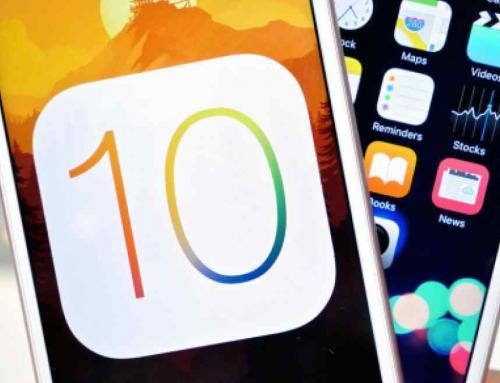Now that Apple Watch is starting to ship (although slowly, it seems), we’ve been getting a steady stream of inquiries about developing apps for it, and for adding Apple Watch functionality to our customers’ existing apps. However, there seems to be some confusion about how Apple Watch apps “work” and best practices around user experience. If you are thinking about building an Apple Watch app, or adding Apple Watch functionality to an existing iPhone app, then there are some usability considerations that you should keep in mind:
- There really isn’t such a thing as a stand-alone Apple Watch app (at least at the moment). Instead, Apple Watch functionality should be thought of as “extensions” to an existing app that is running on your iPhone or iPad. The iPhone actually runs code while Apple Watch exposes certain features and functionality. Think of the Apple Watch functionality as a conduit to an existing iOS app.
- You should carefully consider the usability implications of an end-user interacting with your app using Apple Watch. Some iPhone apps and some features that users are used to on the iPhone are just not a good fit for Apple Watch. For example, apps that rely on heavy consumption of content and data are likely not good candidates in that you probably shouldn’t expect an end user to read a full text news story or a book via Apple Watch. The same would be true for apps that rely on the user to input a lot of data. You also should not try to cram all of the features of your existing iPhone app into Apple Watch. Instead, you should decide how the users of your app should best interact with your app from their wrist. For example, an exercise app may best be suited to surface certain user controls to Apple Watch such as start, stop, pause, etc. while displaying only key data to the user such as time, heart rate, and pace. The end user would view any in-depth statistics via the iPhone app, as well as configure any major control functions such as setting up new routes, the sharing of workout data via social media, etc.
- You should understand the basic UX controls of Apple Watch. There are a few basic user interface controls available:
- Siri: consider how users can leverage Siri to control your app via voice commands. This is more natural for the user and will enable them to quickly pass commands to Apple Watch.
- Glances: Glances are meant to be brief summaries of very useful information from your app. Glances should provide useful context to the end user as to what is happening at a given moment. For example, the Glance for a calendar app might show information about the user’s next meeting, whereas the glance for an airline app might display gate information for an upcoming flight. All of the content within a Glance is meant to fit within the entire screen of Apple Watch. Tapping anywhere on a Glance will open the app on a designated screen.
- Notifications: There are two ways to notify users of important information – “short-look notifications” and “long-look notifications”. Short-look notifications are meant to be discreet notifications to the user. When the user’s wrist is lowered, the short-look notifications disappear. Long-look notifications are meant to expose more information to the end user and would typically be shown when the user has his/her wrist raised for an extended period of time, or when by tapping on a short-look notification to view additional details. For example, a short-look notification may tell the user that they have received a new text message from their friend. Tapping on it would display the actual message in a long-look format.
- Animations: Apple Watch supports the ability to provide some visually appealing animations which can be used to present information to users and provide feedback based on their actions. There are two ways to create animations – running the animation code on the iPhone and displaying it on the watch, or running “canned” animations directly on Apple Watch. The former generally provides a better user experience since the code runs faster, whereas users may notice a delay with apps that use animations which need to run from the iPhone. There are trade-offs between complexities of the animation vs. speed. Where possible, you will want to keep the animations simple, useful to the user, and ideally use those that can be ran on Apple Watch itself.
As with any software development project, keeping the end-user’s interaction in mind is always very important. With Apple Watch, usability is even more critical since Apple Watch is a such a personal device. Companies should resist the urge to build Apple Watch apps and extensions only for the sake of building them. You will want to make sure that the features you are considering make sense for use on Apple Watch and that your app will be providing a good and useful experience.






